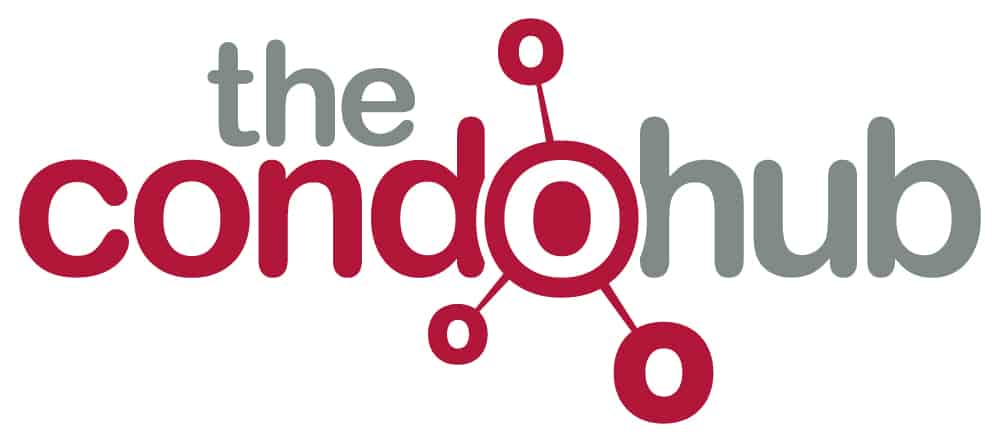Selling in a Shifting Market
The mistake most sellers (and many agents) is to price according to where the market was instead of where it is going. It is easy to understand why. They see their neighbor’s condo lists for say $500,000 and goes under contract quickly. Since it is a similar model, a few weeks later, they put their condo on the market for the same price or even higher because three months ago another condo sold for $475,000. The problem is that markets shift fast and if you or your agent is not taking the pulse of the market daily, you will miss the subtle signs of a shift.
Market stats as of Sept 25 2020
- There are 325 condos and coops for sale in Arlington. Earlier this year, for a number of months, that number never went above 100.
- The average days on market for the 325 units that are on the market is 55 days.
- 126 of the 325 units on the market have had a price reduction. That is 38% for you stat geeks.
Should you wait?
Should you wait until Spring in hopes that the market stabilizes? Maybe. Or maybe not. Are we going through a short term blip or a longer term correction? I could make arguments for either scenario but nobody really knows where the market will be in six months.
Should you rent your unit instead? Probably not as the rental market is really struggling now. Covid-19 has hit renters harder than owners and the eviction moratorium has given many landlords pause.
So what is a seller to do? In addition to making your place standout with staging, professional photography, and comprehensive marketing, you need to price it ahead of the market.
Don’t chase the market.
Let the market chase you. When a house isn’t priced ahead of the market it’s essentially behind the opportunity curve - the opportunity to the the best price possible. When a seller is ready to sell there is only question they want to know: “what is the best price their condo will sell for right now?” And the two things that matter most are where is the market now and where it is heading.
The chart shows the cost of overpricing in a shifted market (credit to Gary Keller’s book Shift)
All sellers naturally fear underselling their home. However, in a shifting market the greater risk is in overpricing. Sellers in a shift must outthink the other sellers by getting ahead of them. If a home isn’t priced ahead of the market, it may be priced out of the market. Once sellers fall behind, they can end up chasing the market all the way down and losing the margin they would have gained by pricing it right in the first place.
